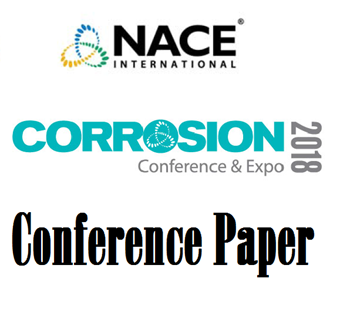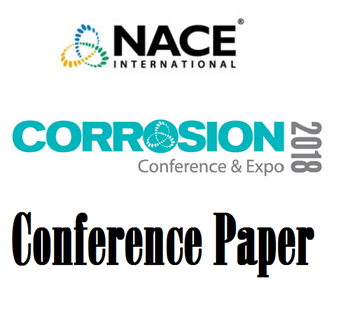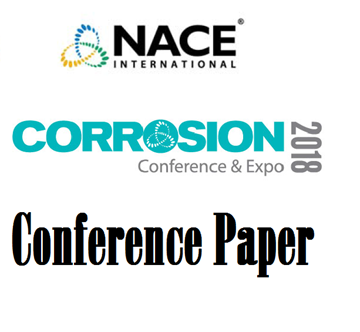Search
51318-11455-Development of a Corrosion Control Program for Hanford Waste Treatment Plant Recycle Strategy
Also Purchased
51318-11430-Oil Wells Corrosion Prediction by GC Fingerprinting of Casings Fluids
Product Number:
51318-11430-SG
Publication Date:
2018
$20.00
51318-11438-Electrochemical Methods for Assessing the Pitting Corrosion Resistance of Metallic Materials
Product Number:
51318-11438-SG
Publication Date:
2018
$20.00
51318-11428-Successful Implementation of a Corrosion Management Strategy by Online Injection of Vapor Phase Corrosion Inhibitors to Extend Storage Tank Floor Life
Product Number:
51318-11428-SG
Publication Date:
2018
$20.00




